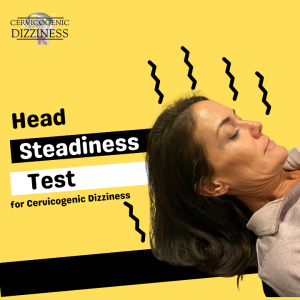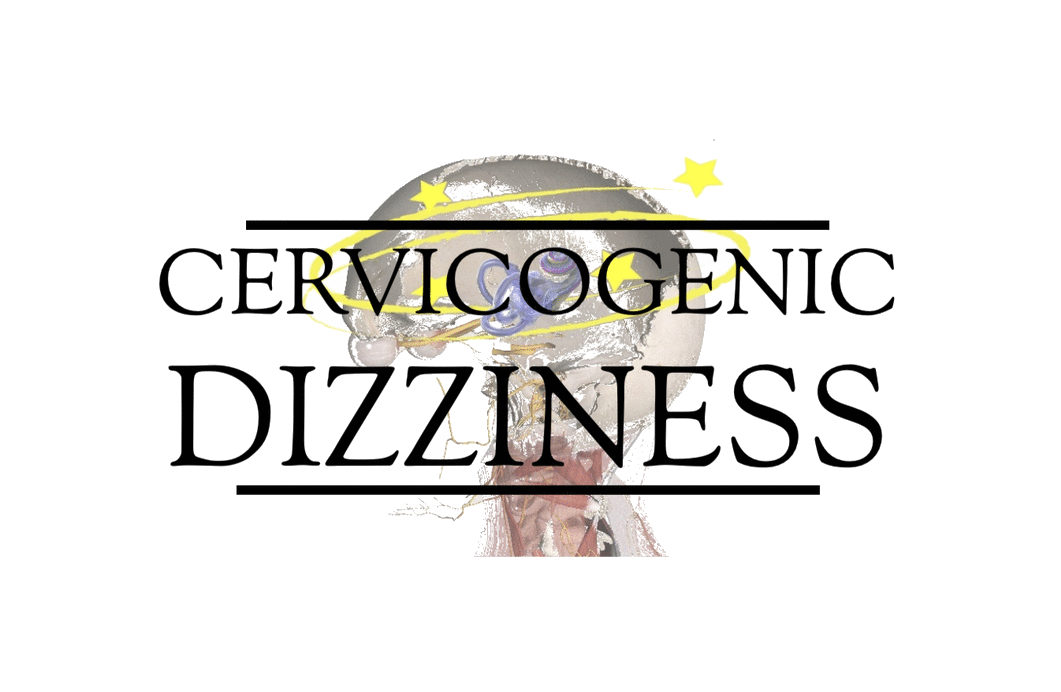Cervical Torsion Test
November 28, 2022How to Test Cervical Joint Position Error
December 3, 2022
Head Steadiness Test
Head steadiness test is an assessment of the ability for someone to sustain steadiness of the head and neck under 2 different load conditions.
The head angle support varies between the two conditions. The low load test has the back of the head supported at a 60 degree angle. The high load test has the back of the head supported at 0 degree angle on a horizontal table.
The test is typically used as a cervical sensorimotor measure. However, the test can be argued to be predominantly a muscle endurance test and not a true sensorimotor test.
How to perform the Head Steadiness Test
Lie on a flat table for the high load condition and lie on an elevated table for the low load condition.
Then, lift the head approximately 1 cm off the table and hold it still for 40 seconds.
The test is used in the research setting. Head movement is recorded continuously during the test using an electromagnetic motion tracking device. This will allow for motion analysis to calculate average displacement.
Additionally, the test is used in the clinical setting. Head movement is recorded by the naked eye or through video. We also examine for compensation patterns, such as upper cervical spine extension or thoracic extension.
Test Metrics
There are no specific sensitivity or specificity values for the head steadiness test.
The head steadiness test has been used in the sensorimotor assessment of individuals with neck pain in one study that found differences between individuals with idiopathic neck pain and healthy controls. It has also been found to be distinct from other sensorimotor tests in patients with neck pain.
Therefore, assessing the endurance of the neck muscles is a component of the test.
You can learn more about how we incorporate the head steadiness test in our algorithm through our books and educational courses!
